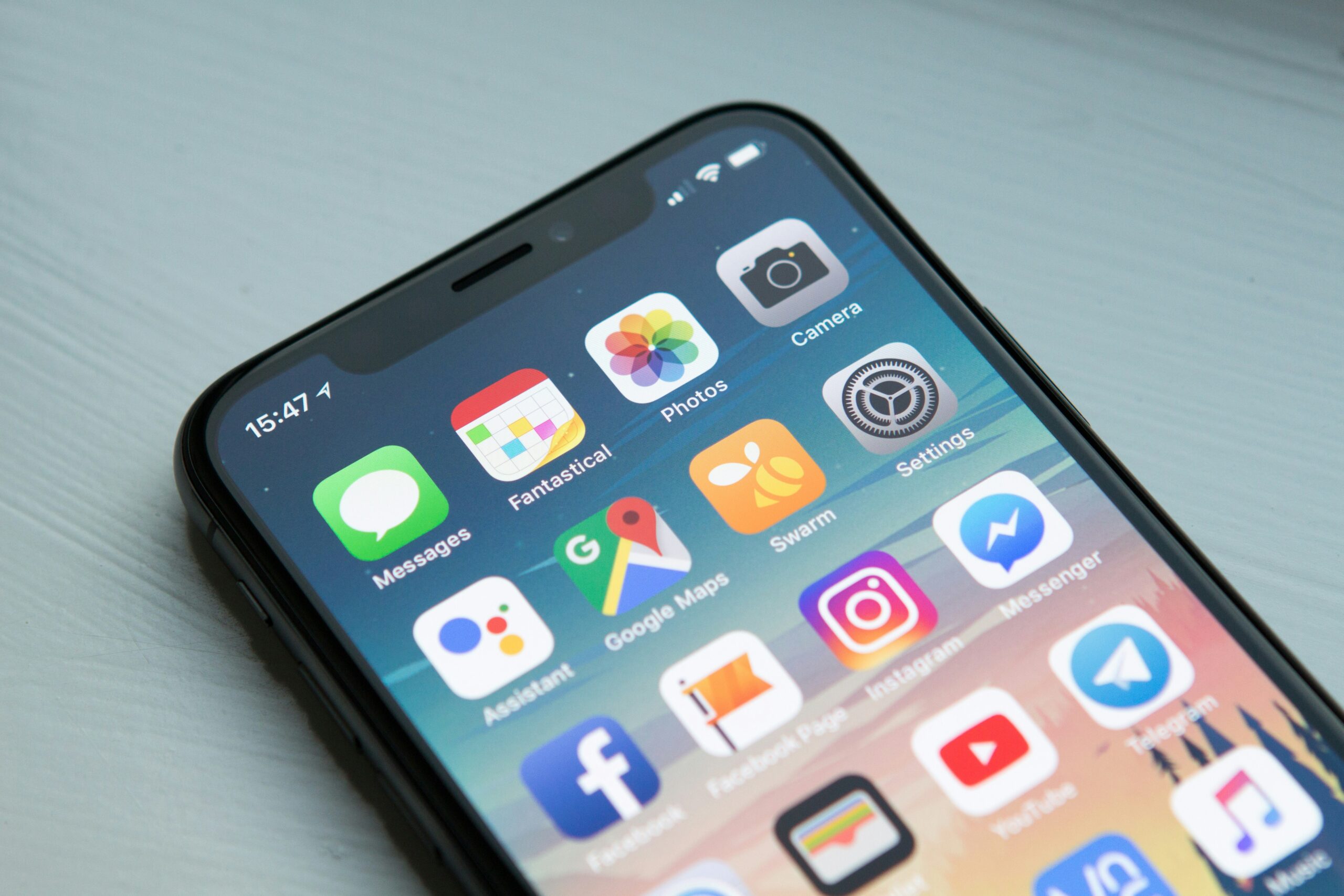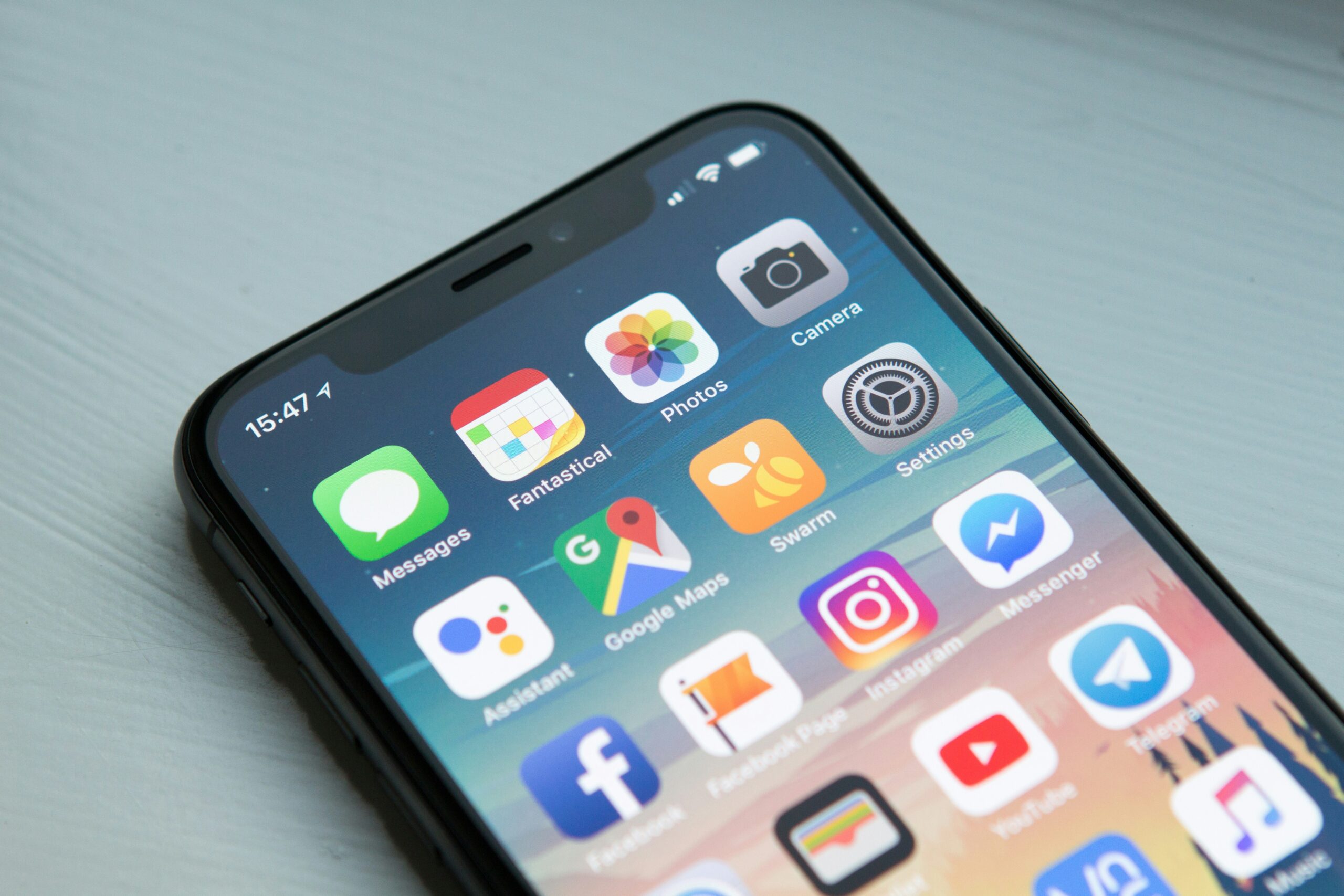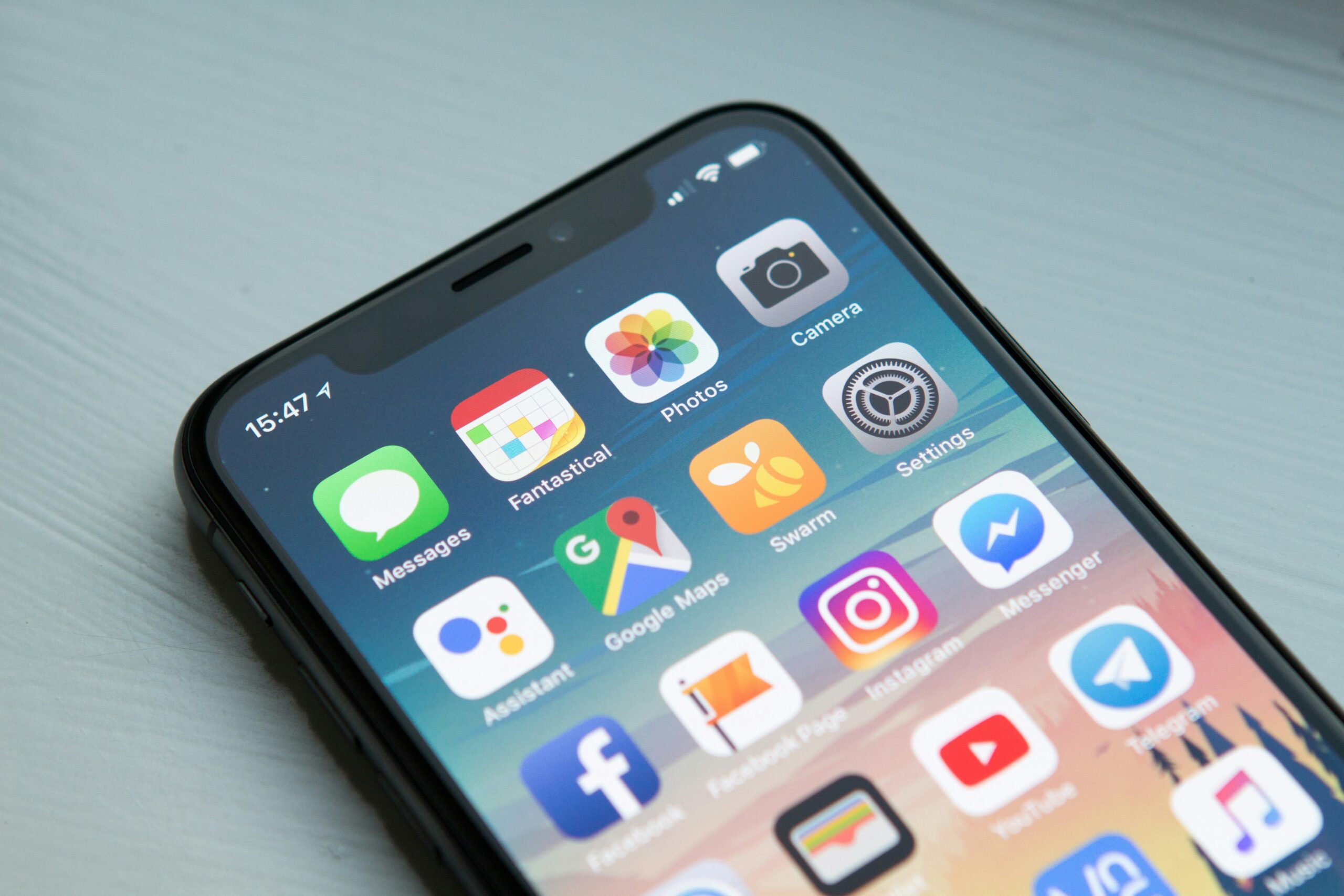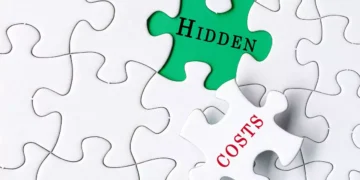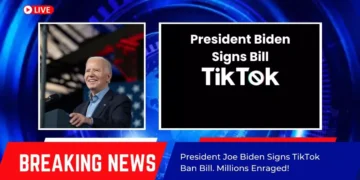No products in the cart.
The Importance of Science Communication: Bridging the Gap Between Experts and the Public
What is Science Communication?
Science communication is the practice of informing and engaging various audiences about scientific concepts, findings, and implications. It encompasses a range of activities aimed at enhancing understanding and appreciation of science among the public, policymakers, and educators. The primary objective of science communication is to make complex scientific knowledge accessible to non-experts, facilitating informed decision-making, and fostering an environment where scientific discourse can thrive.
In today’s society, the importance of effectively communicating science is increasingly evident. The rapid pace of scientific advancements, coupled with the public’s reliance on scientific information for everyday choices, underscores the necessity of bringing clarity to complex topics. From environmental issues to public health crises, well-executed science communication can help bridge gaps between scientific insights and public understanding. This is significant, for when individuals are well-informed, they are better equipped to contribute to discussions, advocate for policy changes, and support scientific initiatives.
The role of technology and media in the practice of informing is critical. Digital platforms, social media, and other communication channels provide unprecedented opportunities to disseminate scientific information to broad audiences. Scientists and communicators can leverage these tools to engage with the public directly, breaking down barriers to understanding. This shift is essential as it allows for real-time interaction, enabling scientists to address misconceptions and respond to public concerns in an immediate manner.
Moreover, effective science communication does not only involve transmitting information; it also requires understanding the audience’s perspectives, experiences, and concerns. This reciprocal relationship encourages collaboration and builds trust between scientists and the communities they serve. In summary, science communication is vital in cultivating an informed citizenry capable of navigating the complexities of modern science and its applications. Its relevance will continue to grow as the intersection between science and society becomes more pronounced.
The History of Science Communication
The practice of informing society about scientific discoveries and concepts has roots that extend back to ancient civilizations. Early forms of science communication can be traced to ancient Greece, where philosophers such as Aristotle and Ptolemy documented their findings, often blending observation with philosophical inquiry. These writings laid a foundation for the dissemination of knowledge, as the texts were shared and discussed across the Mediterranean, demonstrating the early importance of communicating scientific ideas.
During the Renaissance, the advent of the printing press revolutionized the spread of scientific knowledge. Scholars like Galileo and Copernicus published their works, making complex ideas more accessible to a broader audience. This era marked significant milestones in how scientific information was shared, moving from elite circles into public discourse. The implications of these advances in science communication were profound, as they spurred public interest and debate regarding scientific theories and evidence.
The 18th century saw the further evolution of science communication with the establishment of scientific societies and journals. Figures such as Benjamin Franklin and the members of the Royal Society began to emphasize the importance of sharing scientific advancements with the public and policymakers. This period highlighted the transition from primarily scholarly communication to a practice that actively sought to inform the wider public, fostering a more scientifically literate society.
In the 20th century, science communication became increasingly influenced by media developments. The introduction of radio, television, and later the internet transformed how scientific knowledge was disseminated, allowing for real-time updates and discussions on scientific advances. Scientists began to engage with media professionals to better convey complex ideas, recognizing the necessity of bridging the gap between their research and societal needs. Various historical events, such as the Space Race and public health crises, further emphasized the need for effective science communication, showcasing its role in informing and engaging the public on critical issues.
Why Science Communication Matters
Science communication plays a pivotal role in cultivating an informed society, as it serves as the conduit through which complex scientific concepts are translated into accessible information for the general public. This practice of informing is crucial in a world increasingly besieged by misinformation and pseudoscience. When scientific findings are communicated effectively, they empower individuals to make informed decisions about issues directly affecting their lives, such as health, climate change, and technology. By demystifying scientific concepts, the practice of informing contributes to a population that is better equipped to understand and critically evaluate the claims made by various entities.
One of the most significant benefits of effective science communication is its capacity to combat misinformation. In an era where false information can spread rapidly through social media and other platforms, having scientists and communicators proactively disseminate accurate and reliable information becomes essential. By addressing common misconceptions and providing clear explanations, science communicators can foster an environment where critical thinking thrives. This lays the groundwork for a society that questions, evaluates, and seeks evidence before forming opinions or making decisions.
Moreover, the role of science communication extends into the realm of public policy. Policymakers rely on scientific data to inform their decisions; therefore, effective communication between scientists and the public can significantly influence policy outcomes. When the public is well-informed about scientific research and its implications, they are more likely to engage in discussions about relevant policies, thus enhancing democratic processes. This reciprocal relationship underscores the importance of building public trust in scientific institutions, as a transparent and informed society is better positioned to advocate for science-based policies that reflect the collective needs and values of its citizens.
Who are Science Communicators?
Science communicators play a pivotal role in bridging the gap between the scientific community and the public. They are individuals who are dedicated to the practice of informing various audiences about scientific concepts, discoveries, and issues. This group is diverse and includes scientists, journalists, educators, and advocates, each bringing a unique perspective and skill set to the field of science communication. Their primary goal is to make science accessible and comprehensible, fostering a deeper understanding among the general populace.
Effective science communicators possess a range of skills that are essential for their roles. One fundamental skill is storytelling; the ability to weave scientific data into engaging narratives is crucial for capturing the attention of audiences. Additionally, empathy is important as it allows communicators to understand the concerns and questions of their audience, which enhances their ability to inform effectively. Furthermore, the capability to translate complex ideas into understandable language is vital; experts in the field must simplify intricate concepts without compromising accuracy, thereby ensuring that they reach a broader audience.
Training and professional development play a significant role in shaping effective science communicators. Many institutions and organizations offer workshops and courses that focus on the principles of science communication. These programs cover a range of topics, from understanding audience dynamics to mastering various media formats. By continually honing their skills, science communicators can adapt to evolving communication channels, such as social media, podcasts, and public speaking engagements. This ongoing education is crucial as it equips them with the tools to remain relevant and effective in their practice of informing the public, ensuring that scientific knowledge reaches and resonates with diverse audiences.
Methods and Approaches to Science Communication
The practice of informing the public about scientific concepts is multifaceted, encompassing a wide range of methods and approaches. Traditional outreach methods such as public lectures, workshops, and educational programs have long been employed to facilitate direct interaction between scientists and audiences. These approaches serve to demystify complex topics, nurturing curiosity and engagement within the community. Lectures can be especially effective in academic settings or local science fairs, where experts share their knowledge and answer questions in real-time, thus creating a dynamic learning environment.
In recent years, the landscape of science communication has evolved significantly, influenced by the rapid proliferation of digital platforms. Social media, in particular, has become an invaluable tool for reaching diverse audiences. Scientists and institutions leverage platforms like Twitter, Instagram, and Facebook to share insights and highlight current research developments. These channels enable the dissemination of complex information in more accessible formats, such as infographics and succinct posts, while fostering a sense of community among followers keen on scientific discourse.
Podcasts and video content also represent modern approaches to conveying scientific knowledge. They allow for nuanced discussions, interviews with experts, and storytelling that captivates listeners and viewers. Such formats can break down intricate subjects into relatable narratives, making them more digestible for the general public. These methods facilitate a two-way communication channel, as audiences can engage through comments, shares, and discussions, enhancing the dynamic practice of informing society. Evaluating the effectiveness of various strategies is essential, as their impact can differ across demographic groups, ultimately guiding scientists and communicators in their future efforts. By understanding the strengths and weaknesses of each approach, meaningful connections between experts and the public can be fostered.
Challenges in Science Communication
Science communication is an essential practice of informing the public about scientific advancements and concepts. However, communicating complex scientific information can be fraught with several challenges that communicators must navigate. One notable obstacle is the prevalence of misinformation. In the digital age, incorrect information about scientific subjects can spread rapidly, often outpacing accurate scientific explanations. This flood of misinformation can engender confusion and distrust among the audience, making it more challenging for science communicators to relay accurate information effectively.
Audience skepticism also presents a significant hurdle in the practice of informing. Many individuals harbor doubts about scientific consensus, particularly when scientific topics intermingle with personal beliefs or social issues, such as climate change or vaccination. Such skepticism often stems from cognitive biases, where individuals naturally favor information that aligns with their preexisting views. Tackling these biases requires communicators to approach discussions with empathy and an understanding of the emotional responses that science topics can trigger. Recognizing that personal beliefs and feelings can shape how information is received is crucial for effective science communication.
The complexity of scientific concepts, coupled with the necessity of tailoring messages for diverse audiences, adds to the challenges faced by science communicators. Simplifying complex ideas without diluting their essence is a delicate balance that must be achieved. This requires a nuanced understanding of both the subject matter at hand and the audience’s knowledge level, interests, and possible apprehensions. Engaging communication that considers these factors is paramount in bridging the gap between experts and the public. By employing strategies that account for misinformation, skepticism, cognitive biases, and emotional responses, science communicators can enhance the effectiveness of their efforts in fostering a well-informed society.
Success Stories in Science Communication
Effective science communication initiatives have proven crucial in bridging the gap between experts and the public. Numerous successful examples exist that demonstrate the profound impact of effectively informing communities about scientific concepts and advancements. One notable case is the “Science Fest,” an annual event that attracts thousands of visitors to engage with scientists and researchers. This initiative offers hands-on experiences, workshops, and public lectures, cultivating a greater appreciation for science among attendees of all ages. The festival’s success has shown how interactive platforms can foster a deeper understanding of scientific matters.
Another salient success story is the “Scientists in School” program, which pairs scientists with classrooms to enhance science education through personalized engagement. This initiative has successfully reached thousands of Canadian students, transforming their perceptions of science while encouraging critical thinking and interest in STEM fields. By communicating complex scientific principles in an accessible manner, this program has equipped young minds with the tools they need to explore these concepts further.
Moreover, the “Science Communication Awards” recognizes outstanding contributions to public understanding in science. These awards not only honor individual and organizational success but also inspire others to implement effective strategies in informing the public about significant scientific discoveries and their implications. This recognition has empowered many communicators to share their findings through various media, including social networks, podcasts, and documentaries, broadening the audience reach.
Furthermore, campaigns like “The Science of Climate Change” have played an instrumental role in raising awareness and driving policy discussions about environmental issues. These initiatives have demonstrated that through clear and deliberate communication, complex scientific topics can be translated into actionable insights for communities, resulting in policy changes that address pressing global challenges. Such examples illustrate not only the transformative power of science communication but also its vital role in fostering a scientifically literate society.
The Future of Science Communication
As science continues to evolve at a rapid pace, the practice of informing the public about scientific discoveries and their implications will also need to adapt. Emerging technologies, such as virtual reality and artificial intelligence, are poised to reshape the landscape of science communication. Virtual reality, for instance, offers immersive experiences that can deeply engage audiences, making complex scientific concepts more accessible and engaging. By simulating real-world scenarios, this technology enables individuals to witness scientific processes firsthand, bridging the gap between expert knowledge and public understanding.
AI-powered tools are further transforming how information is disseminated and consumed. These tools can analyze vast amounts of data and provide personalized content tailored to individual interests and comprehension levels. Such advances not only enhance the practice of informing but also allow for a more interactive experience where the audience can explore topics that resonate with them. As AI algorithms continue to improve, they will facilitate real-time communication between scientists and the public, ensuring accurate information is conveyed promptly.
Additionally, there is a growing recognition of the importance of interdisciplinary collaboration in science communication. As scientific challenges become increasingly complex, a collaborative approach that integrates insights from various fields will be essential. This may include partnerships between scientists, communicators, educators, and artists to create compelling narratives that resonate with diverse audiences. The fusion of different perspectives not only enriches the dialogue but also reinforces the practice of informing by presenting multi-faceted viewpoints.
In the upcoming decades, it is likely that science communication will evolve to become more inclusive and dynamic, incorporating innovative technologies and collaborative strategies. Through these developments, the practice of informing the public about scientific affairs will not only enhance general understanding but also foster a more informed and engaged citizenry.
Getting Involved in Science Communication
Science communication is an essential field that aims to bridge the gap between scientific experts and the general public. For individuals interested in this rewarding endeavor, there are numerous pathways to get involved, whether as a profession or as a passionate amateur. The practice of informing others about scientific concepts requires not only an understanding of the material but also the ability to tailor communication to diverse audiences.
One of the most effective ways to begin is by seeking out workshops and training programs specifically focused on science communication. Organizations such as the National Association of Science Writers (NASW) offer workshops that improve writing skills, communication strategies, and media engagement. Furthermore, online platforms like Coursera and edX provide courses that delve into science communication fundamentals, critical thinking, and how to engage with audiences effectively. These resources equip aspiring communicators with the skills needed to convey complex information in an accessible manner.
Joining community organizations is another excellent opportunity for individuals to immerse themselves in science communication. Local science centers, museums, or nonprofits often host outreach programs looking for volunteers. These experiences not only provide hands-on opportunities to practice informing the public but also foster networking and mentorship relationships within the community of science communicators.
Moreover, writing blogs or creating content for social media platforms allows individuals to share engaging science-related content with a broader audience. It’s crucial to use clear and relatable language while also ensuring accuracy. The practice of informing effectively through these mediums requires creativity and adaptability depending on the audience’s needs. As you embrace these opportunities, remember that the key to successful science communication lies in genuine enthusiasm, a keen understanding of your audience, and the willingness to learn from each interaction.






















![A Comprehensive Review of [Course/Product/Experience Name] 22 man in gray shirt sitting on black chair](https://theamericansidehustle.net/wp-content/uploads/2025/03/man-in-gray-shirt-sitting-on-black-chair-1-scaled.jpg)







































